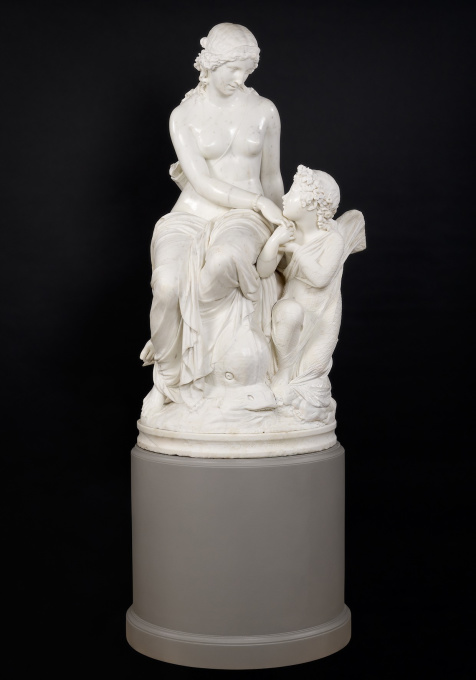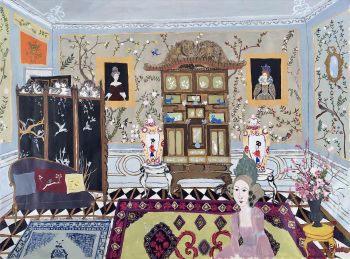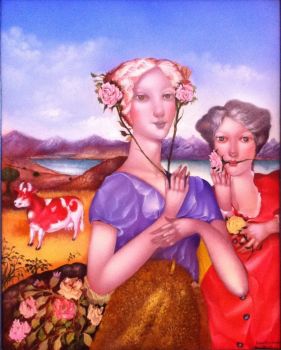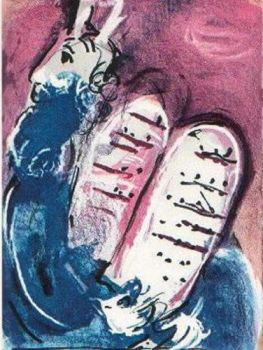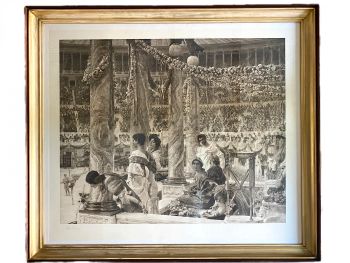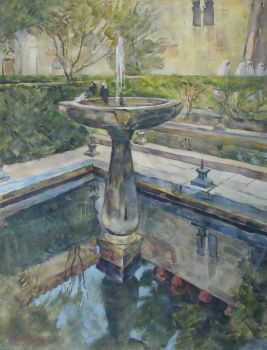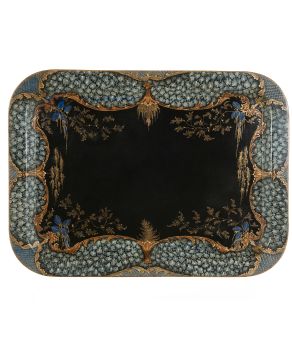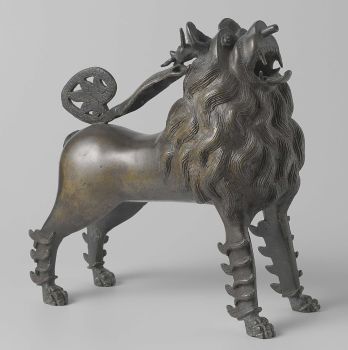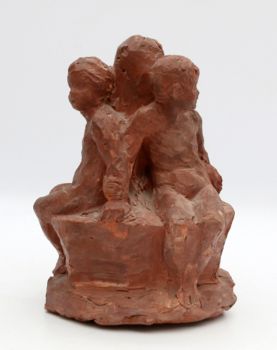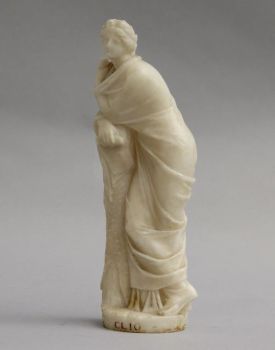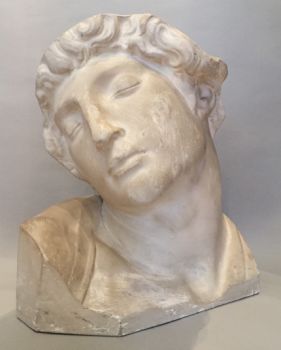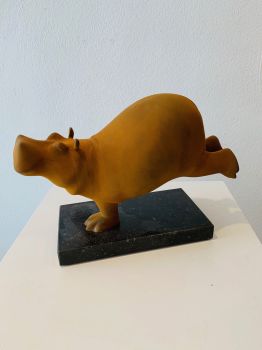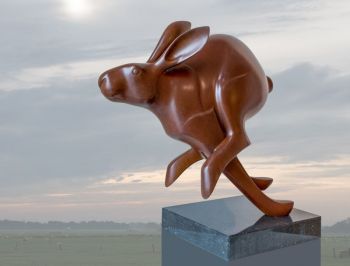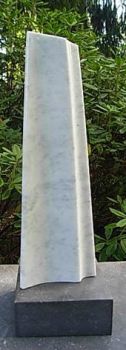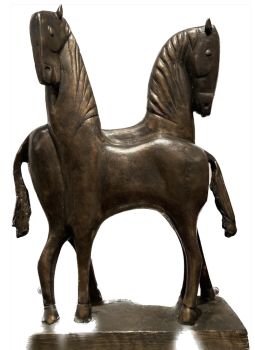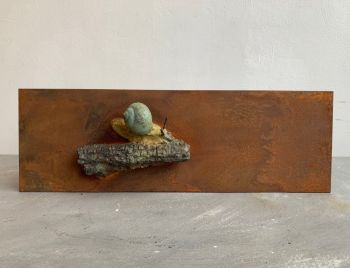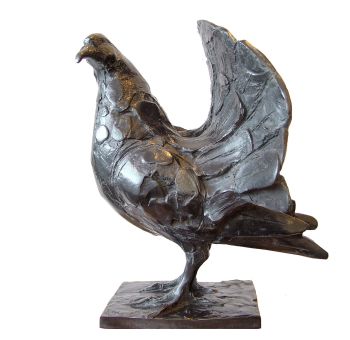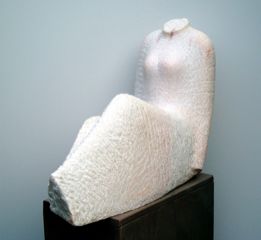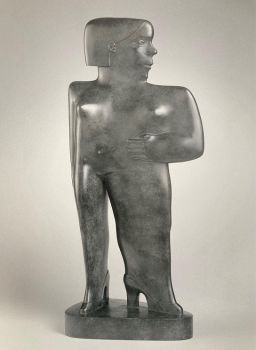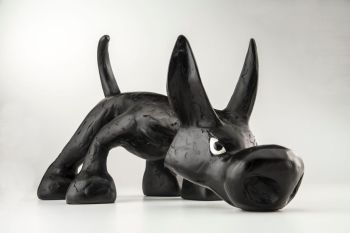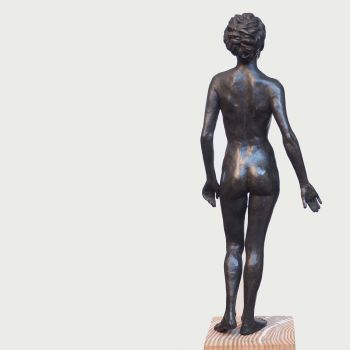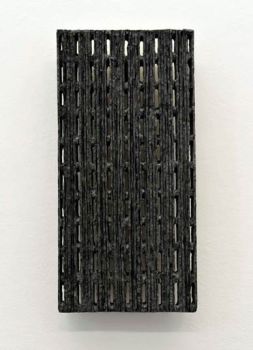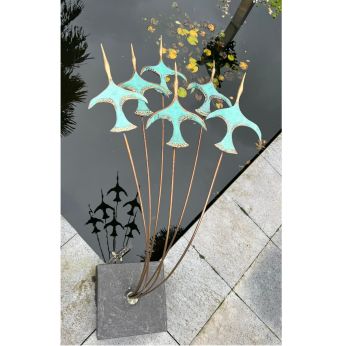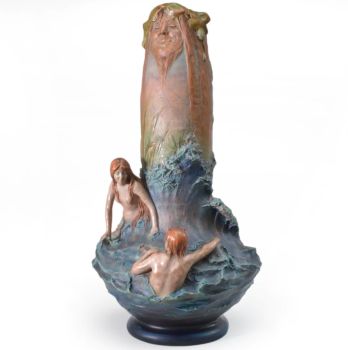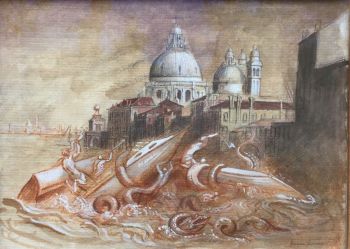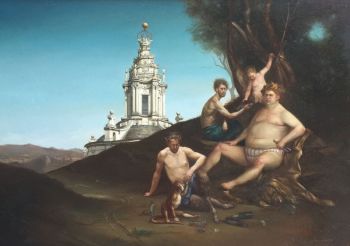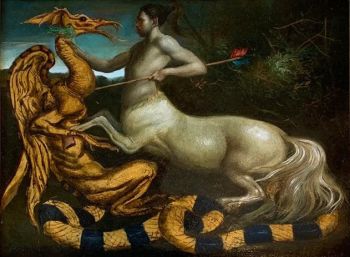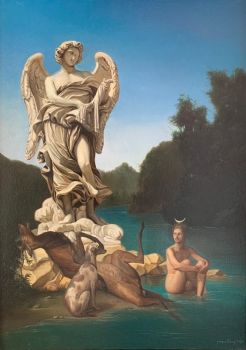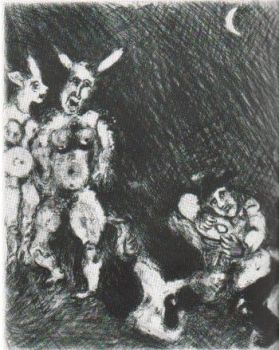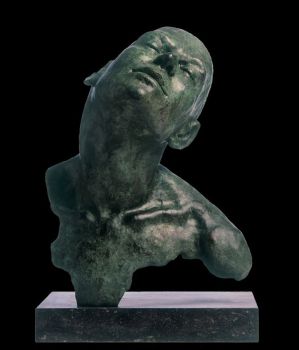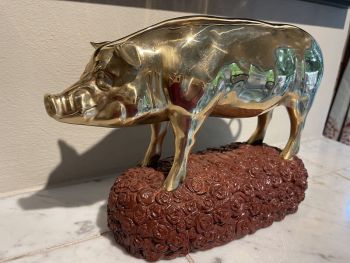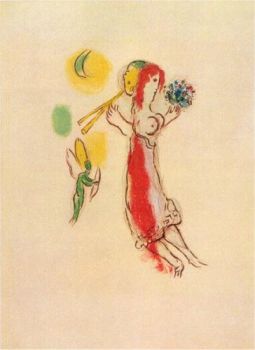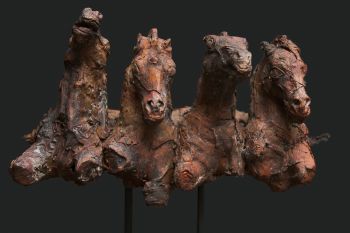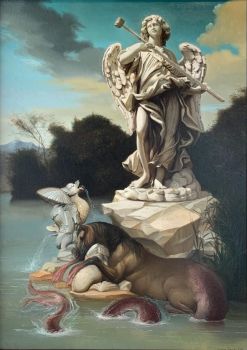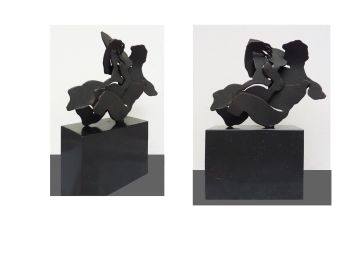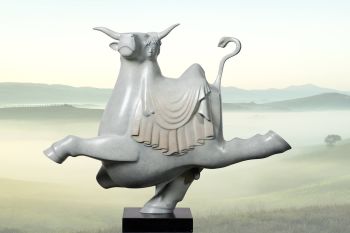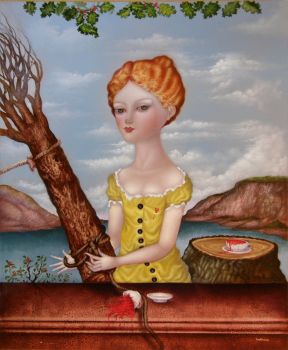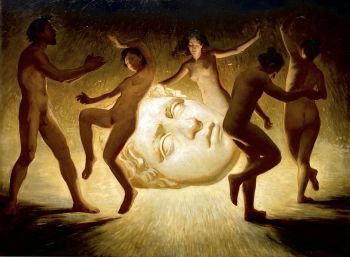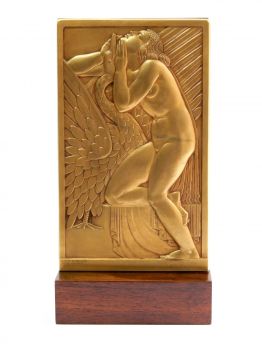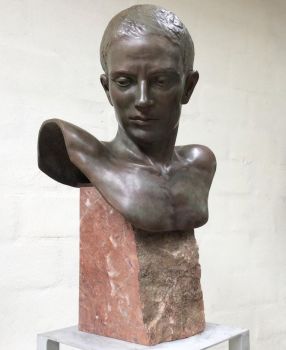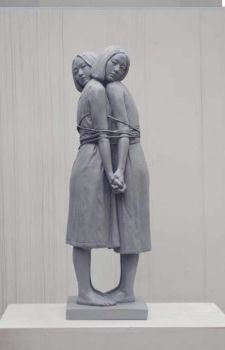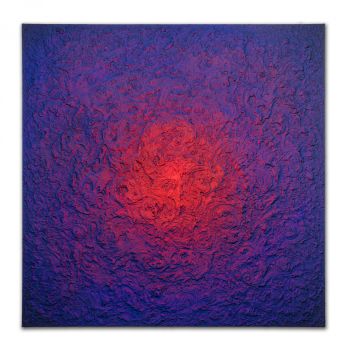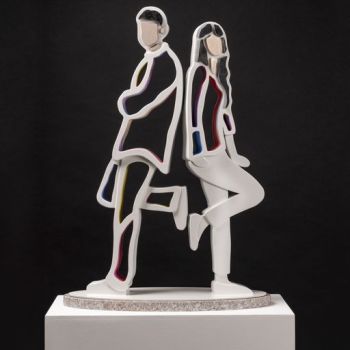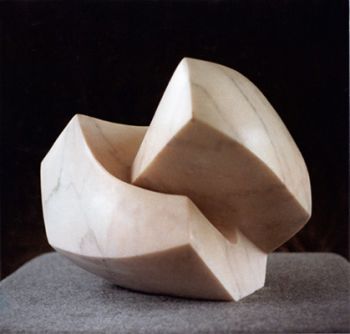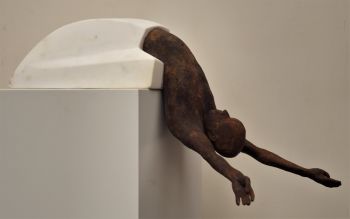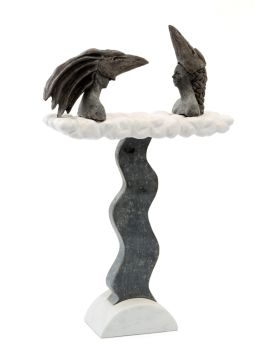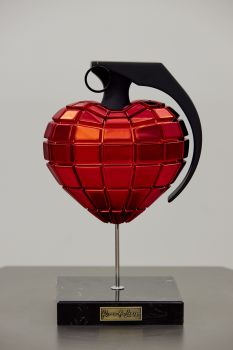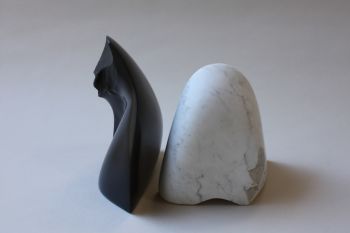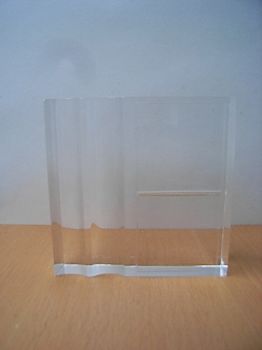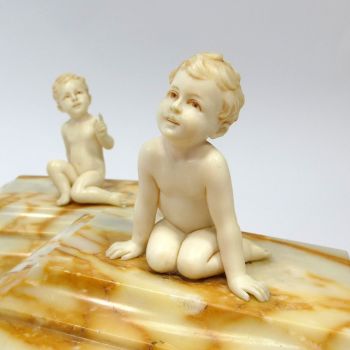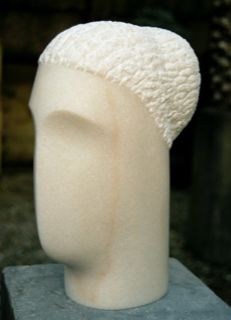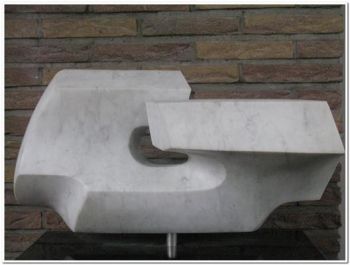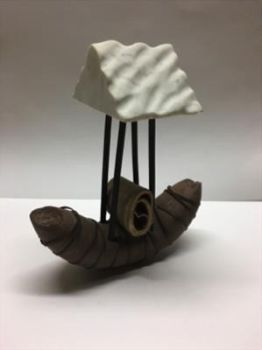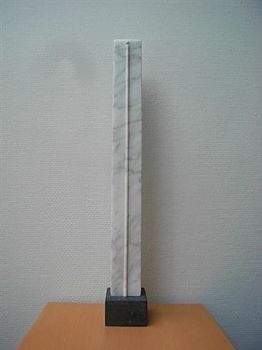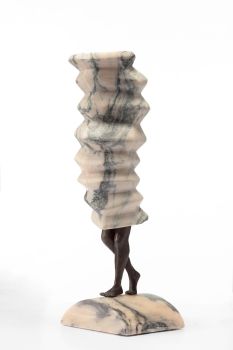Cupido capturado por Vênus 1860 - 1880
Giuseppe Fontana
Mármore de CarraraMármorePedra
157 cm
Atualmente indisponível via Gallerease
- Sobre arteThe Italian-British sculptor Giovanni Giuseppe Fontana (1821-1893) was born in Carrara. It was also Carrara where he received his education as a sculptor at the Academy. He continued his studies in Rome, where he stayed until 1849. Because of his support of the Republicans he was forced to flee Italy. Through Paris he came to stay in London where he became very renowned as a sculptor. Between 1852 and 1886 he regularly exhibited works at the Royal Academy. Fontana was also very much appreciated in Australia where he exhibited several times. He received the First Degree of Special Merit at the Sydney International Exhibition of 1879. In 1881 he received a Hon. Mention for his artworks exhibited at the Centennial Exhibition in Melbourne. Several of his works are to be found in Australia. He made, amongst others, sculptures for the town hall of Sydney. His work is also to be found in the Walker Art Gallery in Liverpool.
The depiction of Venus captured by Cupid very much reflects the 18th century. The way Venus rides a dolphin reminds of the drawings of Boucher.
The subject is rare and seldom seen in the visual arts. The moralising signification, however, is obvious: Because Venus has better looks than Cupid, she overcomes him in the realm of beauty, as it were. Therefore this depiction symbolizes the defeat of true love against dazzling beauty, as is often seen in the real world. A picture of the 16th century Italian painter Bronzino, to be seen in the National Gallery in London since 1860, shows and erotic representation of the same theme. - Sobre artistaO escultor ítalo-britânico Giovanni Giuseppe Fontana (1821-1893) nasceu em Carrara. Foi também em Carrara que se formou como escultor na Academia. Ele continuou seus estudos em Roma, onde permaneceu até 1849. Por causa de seu apoio aos republicanos, ele foi forçado a fugir da Itália. De Paris veio para ficar em Londres, onde se tornou muito conhecido como escultor. Entre 1852 e 1886 exibiu regularmente trabalhos na Royal Academy. Fontana também foi muito apreciado na Austrália, onde expôs várias vezes. Ele recebeu o Primeiro Grau de Mérito Especial na Exposição Internacional de Sydney de 1879. Em 1881 ele recebeu um Hon. Menção por suas obras expostas na Exposição do Centenário em Melbourne. Várias de suas obras podem ser encontradas na Austrália. Ele fez, entre outras, esculturas para a prefeitura de Sydney. Seu trabalho também pode ser encontrado na Walker Art Gallery em Liverpool.
Artwork details
Categoria
Assuntos]
Estilo
Material e Técnica
Cor
Related artworks
- 1 - 4 / 24
- 1 - 4 / 24
- 1 - 4 / 24
- 1 - 4 / 24

